by Donald Roberts II
The year 1776 ended on a high note for George Washington’s Continental Army despite its earlier devastating defeats on Long Island and Manhattan. Although the long retreat into Pennsylvania had exhausted his soldiers, Washington led the army to a triumph at Trenton followed by another one at Princeton as the year tipped into 1777.
The back-to-back American victories were enough to make His Majesty’s soldiers take a fresh look at the overall military ability of their colonial adversaries. For one, British Lt. Col. William Harcourt wrote,
“They [Americans] seem to be ignorant of the precision, order, and even of the principles, by which large bodies are moved, yet they possess some of the requisites for making good troops, such as extreme cunning, great industry in moving ground and felling of wood, activity and a spirit of enterprise upon any advantage. Having said this much, I have no occasion to add that, though it was once the fashion of this army to treat them in the most contemptible light, they are now become a formidable enemy.”
Britain Regroups
By the beginning of 1777, it had become apparent that a more coordinated effort would be needed to defeat the American armies. Possibly for the first time, most British leaders began to realize that the rebellious colonies were a huge expanse without a central nerve center vital to the success of their revolt. British commanders had also come to understand that the Americans seemed capable of raising new armies wherever they were needed. As a result, British strategists formulated a plan for the 1777 campaign they hoped would bring an end to most of the coordinated American war efforts.
[text_ad use_post = “456”]
Strategic plans from two British generals were submitted for approval to Lord George Germain, Colonial Secretary of State. The first came from General Sir John Burgoyne, who was second in command of British troops in Canada under General Sir Guy Carleton. Burgoyne’s plan (under which he would serve as commander) called for a two-pronged attack from Canada against Albany, NY. His strategy included at least some support from General Sir William Howe, who was in charge of the main British army garrisoned in New York City. Burgoyne’s invasion, if successful, would separate New England from the Middle and Southern colonies, hopefully weakening any coordinated efforts by the Americans to continue the war.
General Howe, who submitted the second strategic plan for 1777 to Germain, wanted to launch attacks from New York against Boston and Albany. However, Howe’s major goal was to begin the campaign season with an offensive directed against the American capital at Philadelphia. He planned on supporting Burgoyne with a token force of some 9,000 men, to “facilitate in some degree the approach of the army from Canada,” to appease Germain, who was in favor of an attack on Albany.
Approving Both Plans
In the end, Lord Germain approved both plans for the 1777 campaign. Consequently, he received criticism for endorsing a strategy that divided his forces and allowed them to move in opposite directions at the same time. In Germain’s defense, however, neither Howe nor Burgoyne wanted or expected much in the way of support from each other.
Because Burgoyne and Howe maintained their own operational agendas, communication between them as well as with Germain was practically nonexistent before and during each general’s campaign. Terms like “co-operation” and “conjunction” filled the written plans before the offensives, but these concepts were considered less important once the campaigns were initiated. The main reason was that Germain, Burgoyne, and Howe believed that massive Loyalist support would surface in Pennsylvania and New York to swell the ranks of the invading British forces. The architects of the British campaign of 1777 believed they would be able to squelch the revolution by the end of the year.
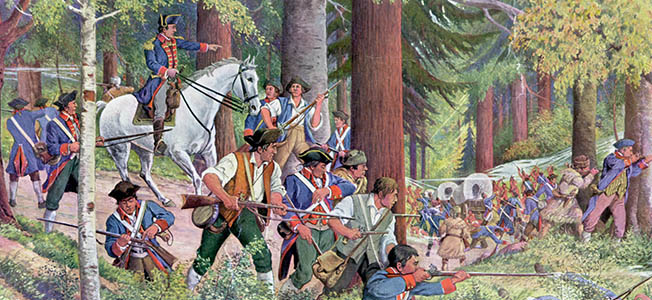
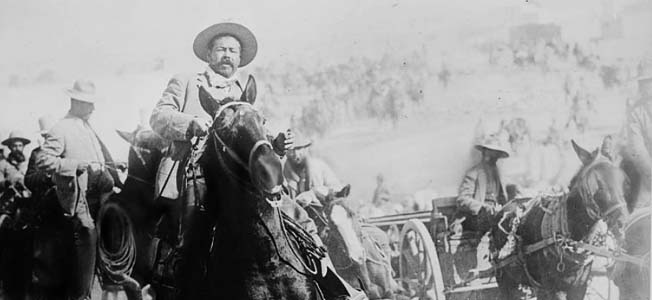
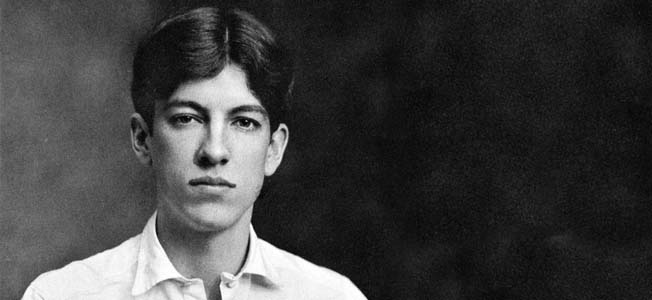
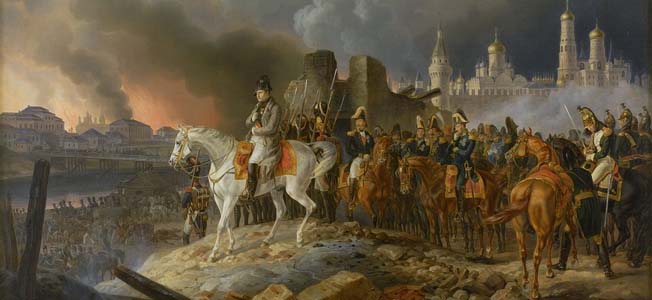
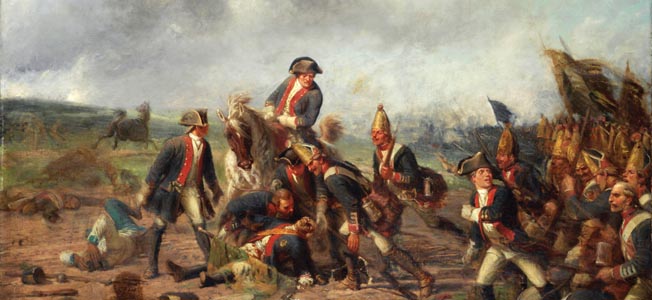
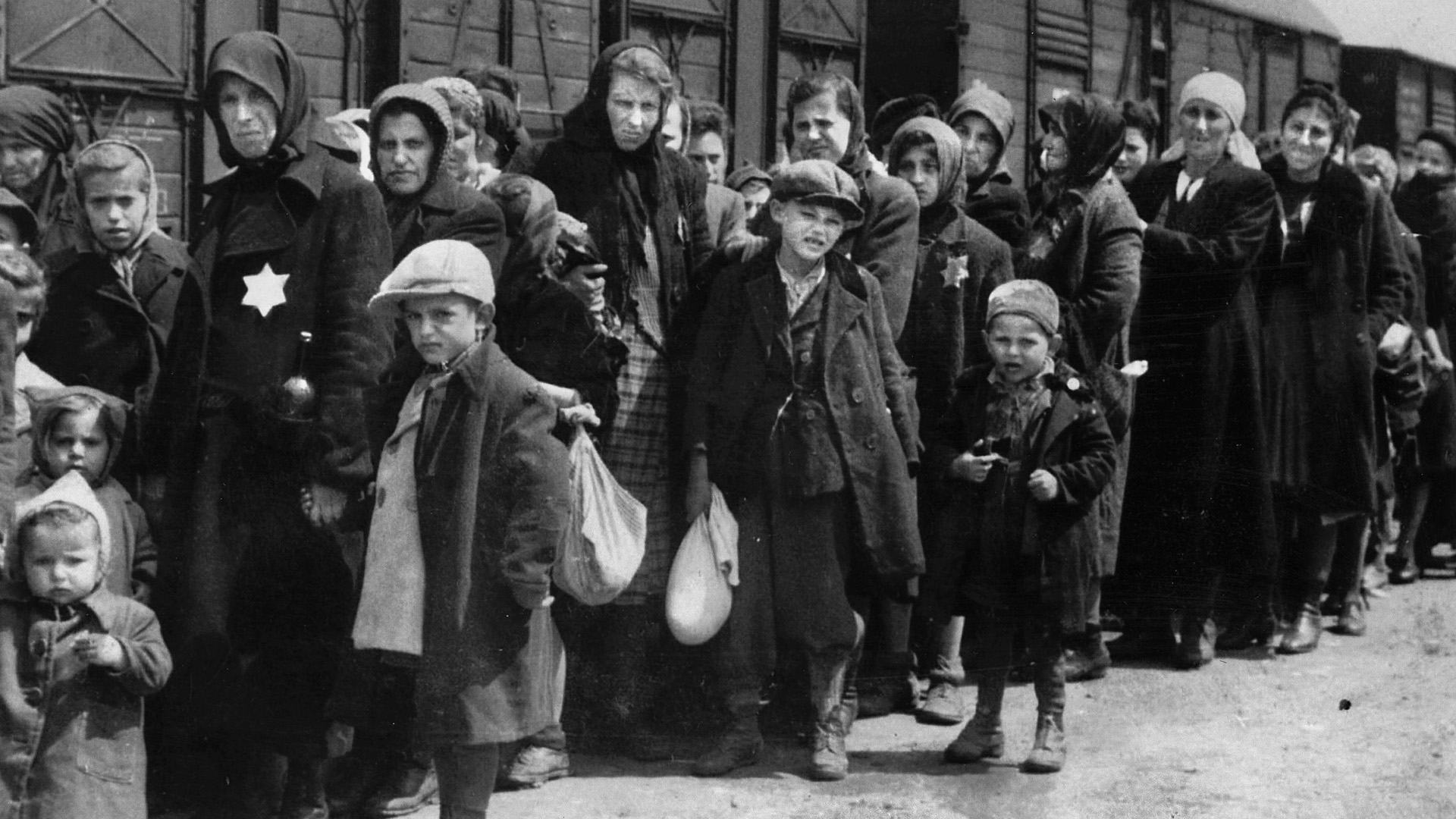
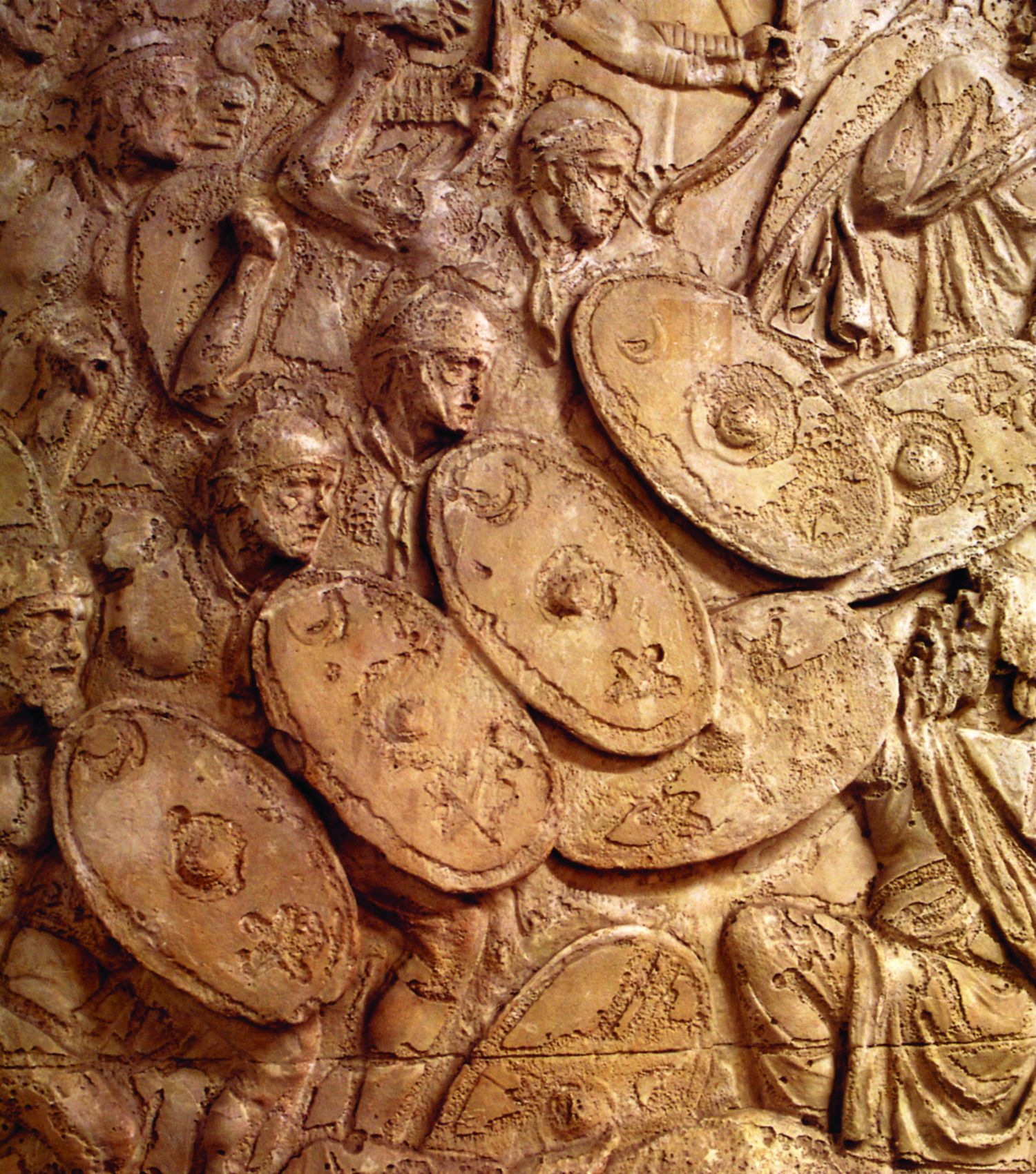
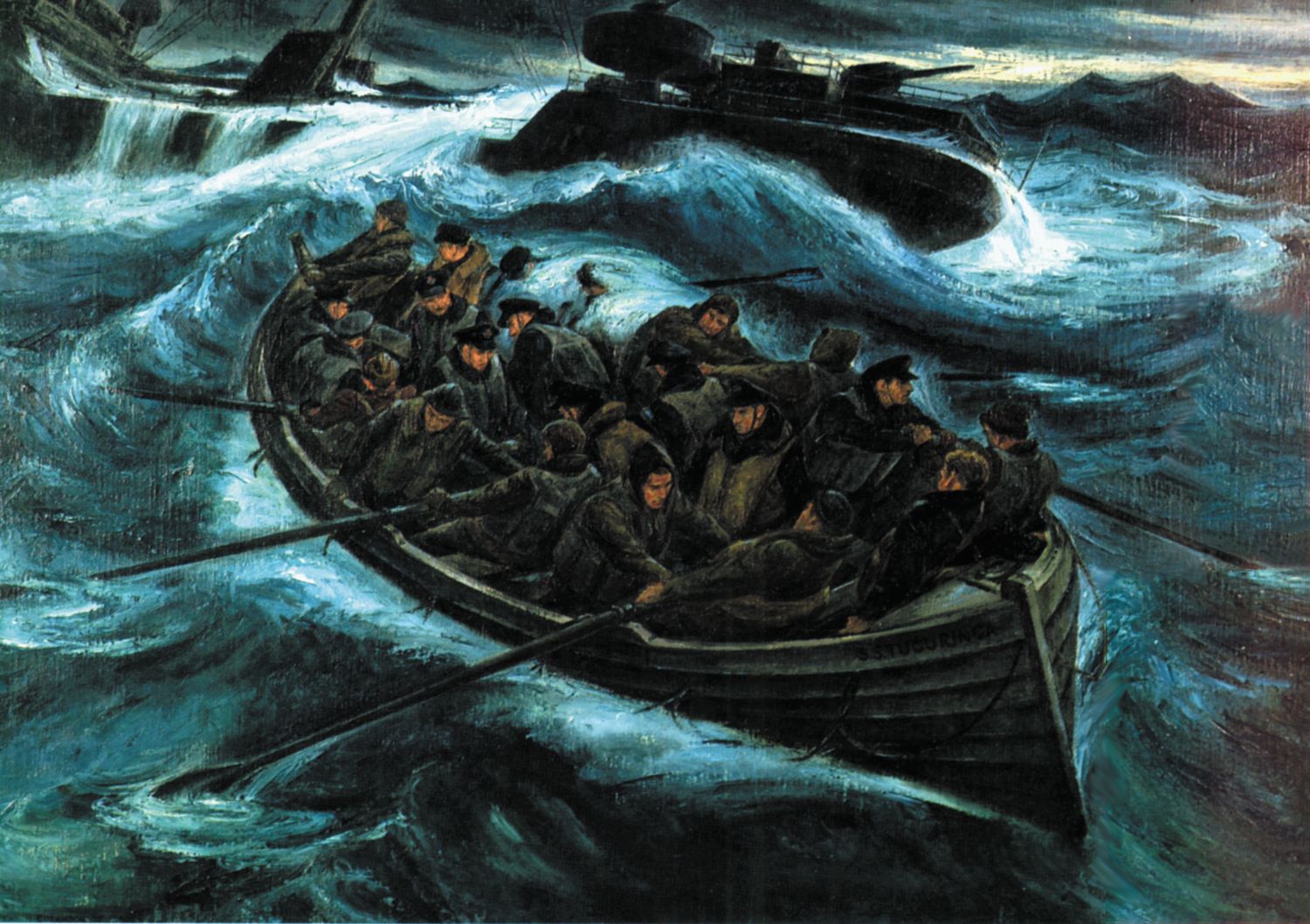
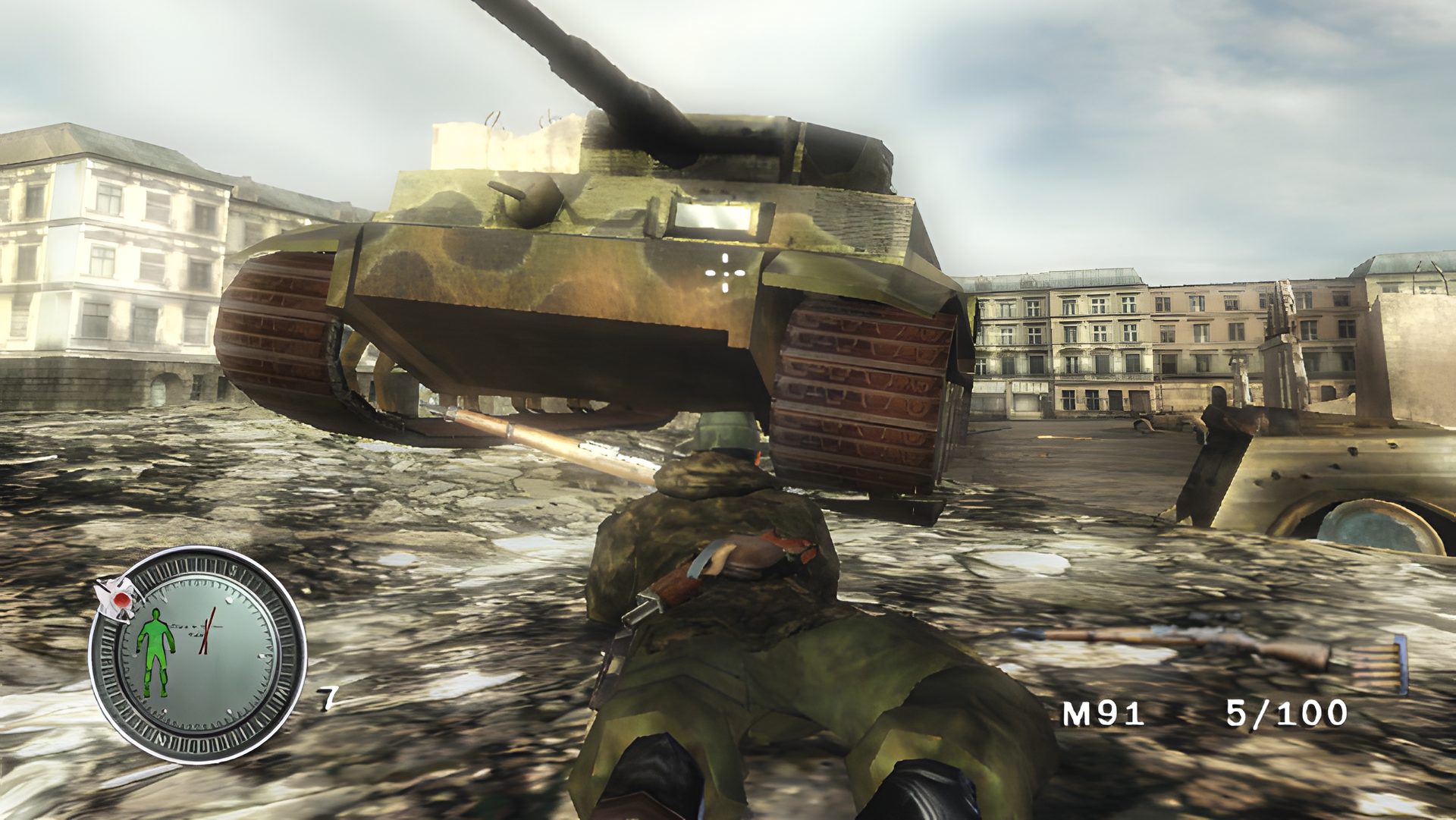
Join The Conversation
Comments
View All Comments